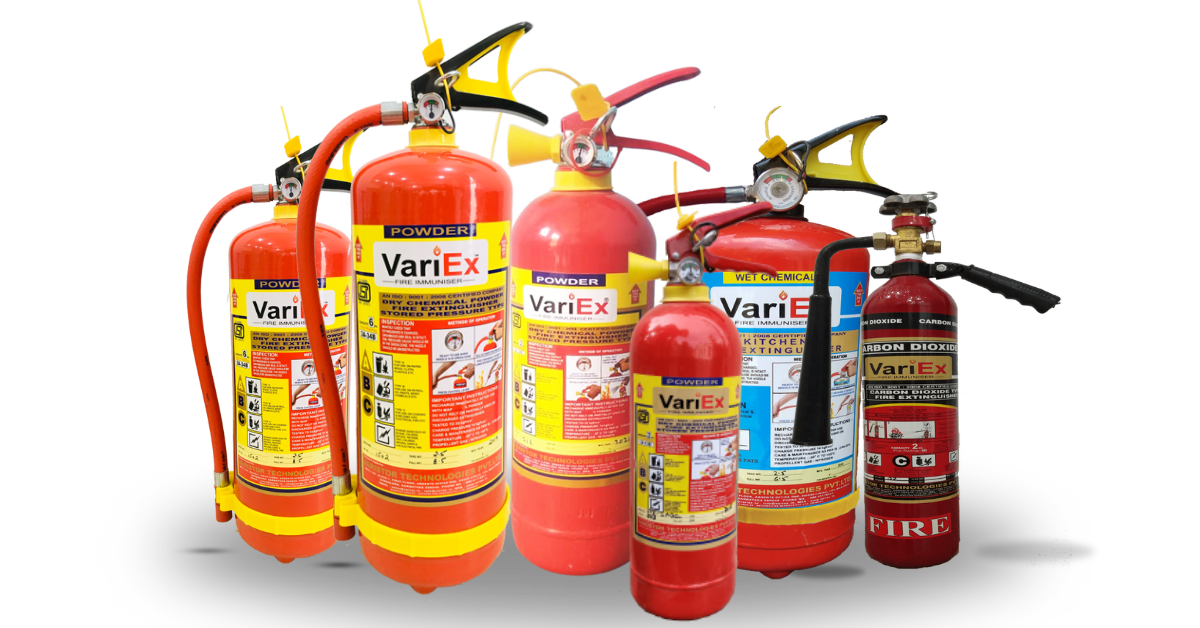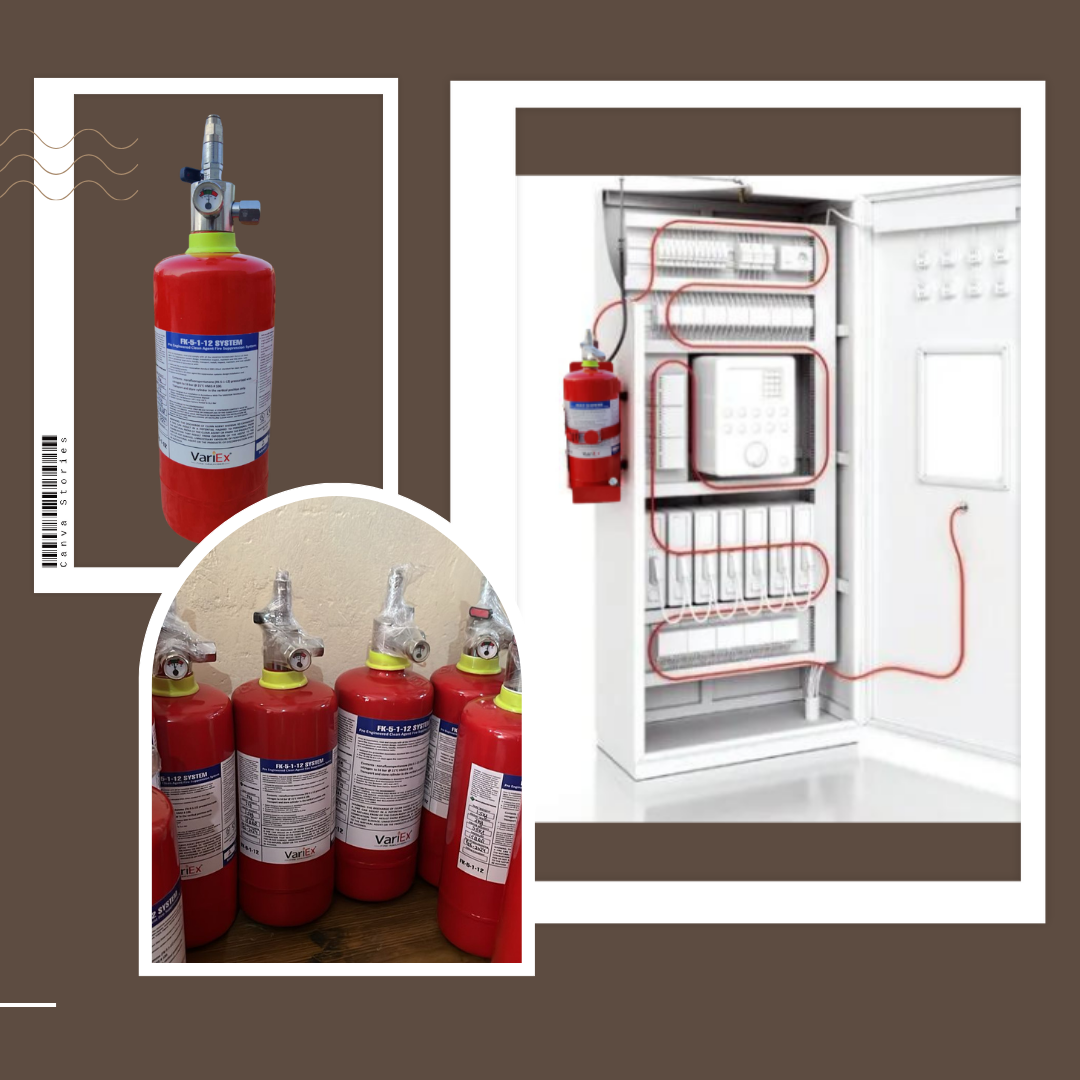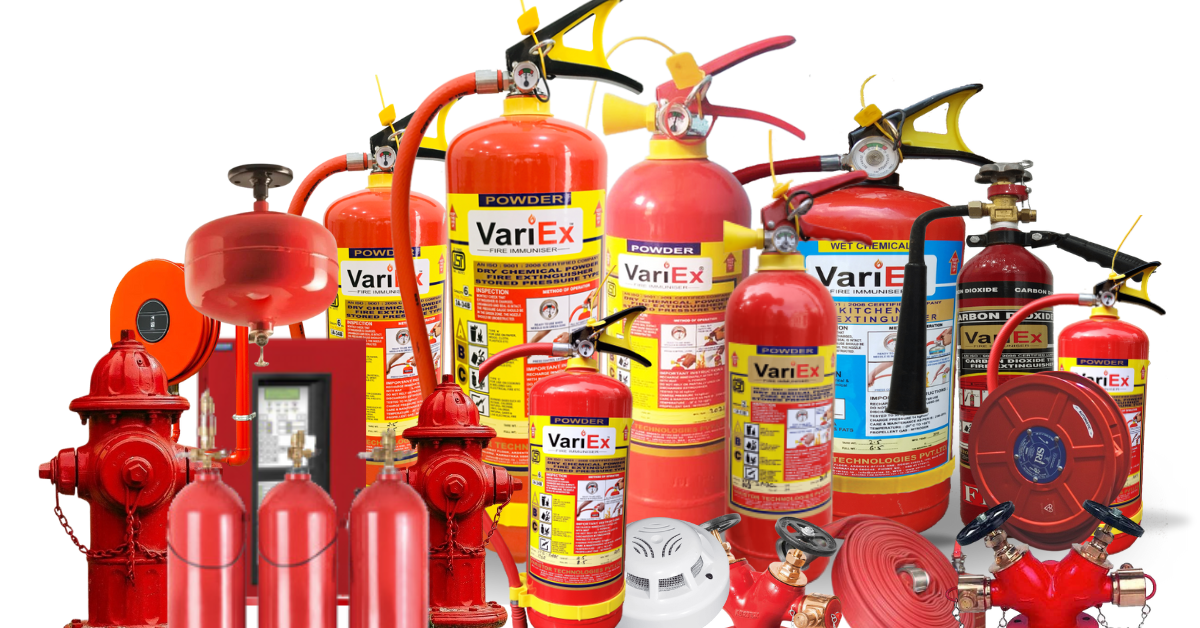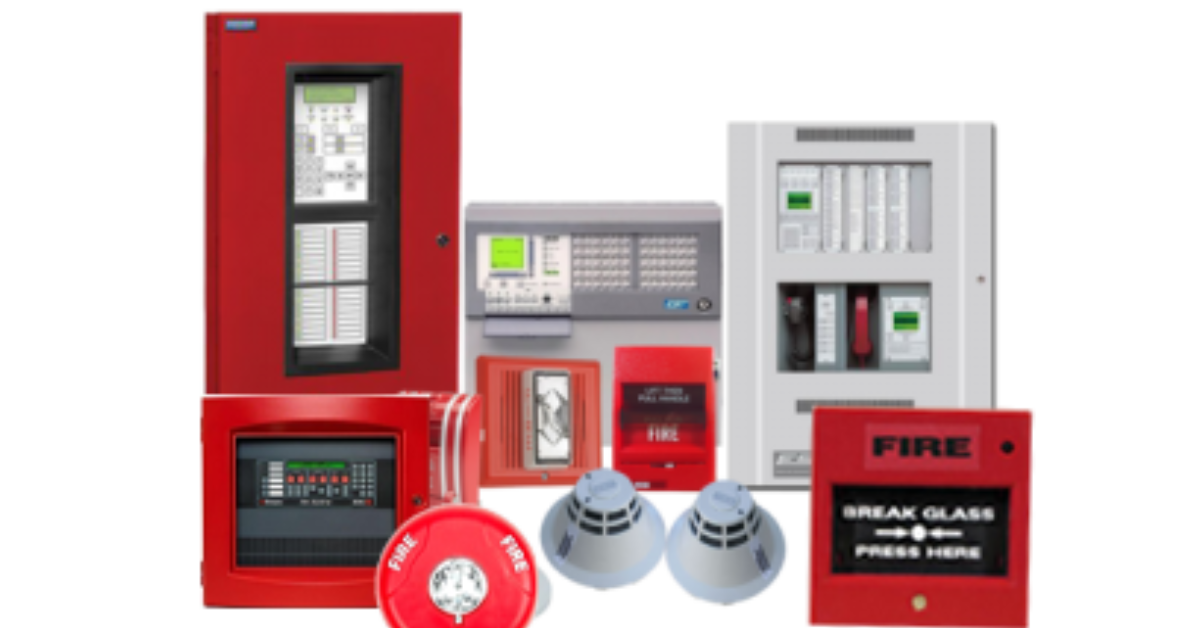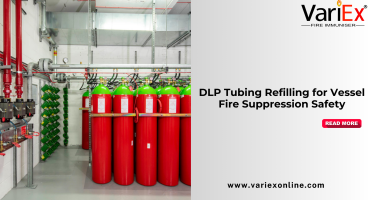![]()
Fire Immuniser
+91-7829629111
Email: info@variex.in
Varistor Technologies Pvt. Ltd.
Block-1, First Floor, Ardente Office One, Hoodi Circle, ITPL Main Road, Bengaluru, Karnataka 560048, IN
What Is Conventional Fire Alarm Panel
What Is Conventional Fire Alarm Panel
A conventional fire alarm panel is a type of fire detection system used to monitor and alert people to the presence of a fire in a building. It is one of the most common and cost-effective types of fire alarm systems, typically used in smaller or less complex environments, such as residential buildings, small businesses, or low-risk facilities. Conventional fire alarm panels are designed to detect and indicate fires through a network of smoke detectors, heat detectors, and manual call points (fire alarm pull stations).
Here’s a breakdown of how a conventional fire alarm panel works, its components, and its applications.
How Does a Conventional Fire Alarm Panel Work?
A conventional fire alarm system is made up of several key components that work together to detect the presence of a fire and alert building occupants.
1. Control Panel
The control panel is the heart of the fire alarm system. It processes information received from the various detectors and devices connected to the system. When a detector identifies smoke, heat, or a manual activation (pull station), the control panel triggers an alarm.
The control panel typically features the following:
- Status Indicators: LED lights or a screen that display the system's current status, such as "Normal," "Fault," or "Alarm."
- Alarm Sounder Control: The panel activates sounders or bells when it detects an alarm condition.
- Manual Override: Allows users to silence or reset alarms (in some cases), but typically requires certain procedures to prevent accidental resets during emergencies.
- Testing and Maintenance Functions: Tools for system checks and troubleshooting.
2. Detection Devices
Conventional fire alarm systems use a variety of detection devices to sense the presence of a fire. These devices can include:
- Smoke Detectors: These devices detect the presence of smoke particles in the air, which can indicate a fire. They work on either an ionization or optical principle.
- Heat Detectors: These devices detect significant increases in temperature. They are typically used in areas where smoke detectors may not be effective, such as kitchens or dusty environments.
- Manual Call Points (MCPs): Also known as pull stations, these are manually operated switches that allow people to activate the fire alarm when they spot a fire. Pull stations are typically located at exits or in easily accessible locations.
3. Alarm Devices
When a fire is detected, the control panel triggers the alarm devices, which could include:
- Audible Alarms: Bells, sirens, or horns that emit loud sounds to alert building occupants.
- Visual Alarms: Flashing strobe lights or indicators that provide visual signals for people who are deaf or hard of hearing.
- Evacuation Signals: In some cases, fire alarm systems may include voice evacuation messages that provide clear instructions for how to evacuate the building.
4. Wiring and Zones
One of the defining features of conventional fire alarm systems is that they are typically divided into "zones." Each zone represents a distinct area or section of the building (e.g., a floor, room, or section of a hallway).
- Wired Zones: The detectors and alarm devices are connected via cables to the control panel. Each zone is wired separately, and the panel can pinpoint which zone triggered the alarm.
- Zone Identification: If a fire is detected in a specific zone, the control panel indicates which zone is affected, allowing emergency responders to identify the source of the problem quickly.
Advantages of Conventional Fire Alarm Panels
- Cost-Effective: Conventional systems are typically less expensive to install than more advanced systems, making them an attractive option for small to medium-sized buildings.
- Simple Design and Operation: These systems are straightforward to design, install, and maintain. The control panel and zone layout make it easy to understand the status of the system and identify the general location of the fire.
- Reliability: Conventional fire alarm panels are reliable in detecting fires within their defined zones. They are effective in smaller environments where the risk of a widespread fire is lower.
- Ease of Installation: The wiring and device layout for conventional systems are simpler compared to more advanced systems like addressable fire alarm panels. This simplicity can translate to lower installation costs.
Limitations of Conventional Fire Alarm Panels
- Limited Detection Accuracy: Unlike addressable systems, which can identify the exact location of the fire (such as a specific smoke detector), conventional systems only indicate the general zone where a fire has occurred. This can delay response times in large buildings.
- Manual Intervention for Troubleshooting: In the event of a malfunction or fault, conventional systems may require more manual intervention to identify the problem, as they don't provide detailed information on which specific device is faulty.
- Scalability Issues: Conventional systems are not as easily scalable as more sophisticated systems. As a building grows or is modified, adding additional zones and detectors can be more complex.
- Potential for False Alarms: Because conventional systems are often more sensitive to environmental factors (such as dust, steam, or humidity), there is a higher potential for false alarms compared to more advanced systems like addressable ones that can discriminate between various types of events.
Applications of Conventional Fire Alarm Panels
Conventional fire alarm panels are most commonly used in smaller to medium-sized buildings, such as:
- Residential buildings: Homes, apartments, and small residential complexes.
- Small office buildings: Smaller workplaces or commercial spaces where fire risks are relatively low.
- Retail spaces: Shops, stores, and small malls that require basic fire protection.
- Warehouses: Facilities with limited combustible materials or smaller areas that can be easily covered with a basic fire alarm system.
For larger or more complex buildings, or where a higher level of fire safety is required, an addressable fire alarm system may be a more appropriate choice.
Conclusion
A conventional fire alarm panel provides a simple, reliable, and cost-effective way to monitor and respond to fires in smaller buildings. By detecting fire indicators like smoke, heat, and manual activation, and then triggering alarms, these systems help protect building occupants. While they are suitable for low-risk environments, they do have limitations in scalability, accuracy, and fault detection. As such, for more complex or larger buildings, systems like addressable fire alarm panels may be more appropriate due to their higher level of detail and integration capabilities.
Explore our products Range
Final Say
At VariEx.in and VariexOnline.com, we specialize in supplying and installing top-quality fire fighting systems and equipment. From fire extinguishers to advanced suppression systems, we offer comprehensive solutions tailored to your needs. Our experienced team ensures precise installation and maintenance for optimal safety.
Trust VariEx for reliable fire protection. Contact us online or call 7829629111 to learn more.
"WHAT YOU CAN READ NEXT"
 Read more +24 November 2023 in Fire Extinguisher
Read more +24 November 2023 in Fire ExtinguisherWhat types of fire extinguishers are available for different fire classes?
 Read more +11 July 2025 in Fire Suppression
Read more +11 July 2025 in Fire Suppression





